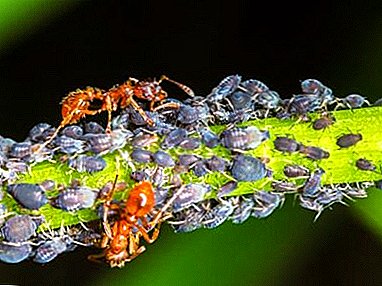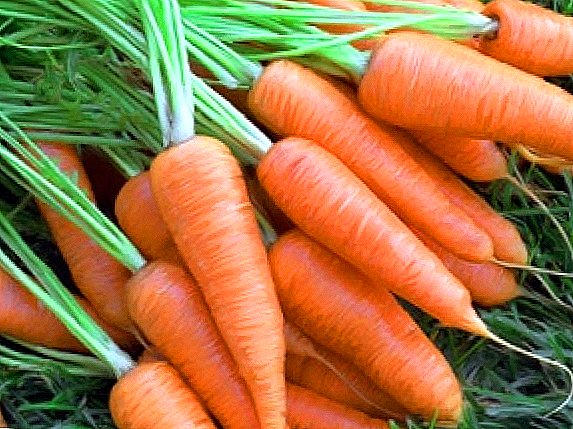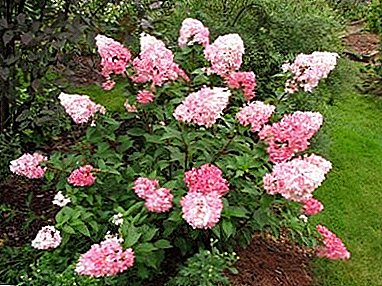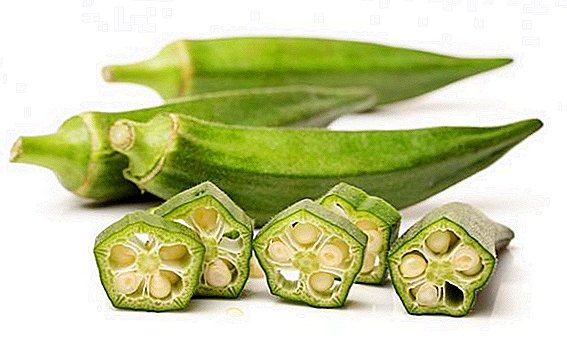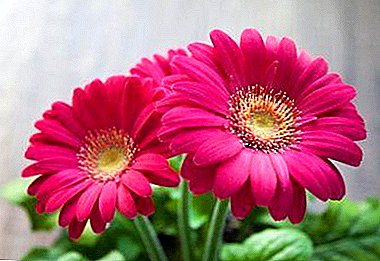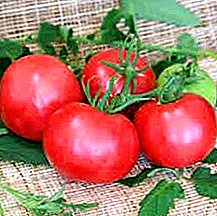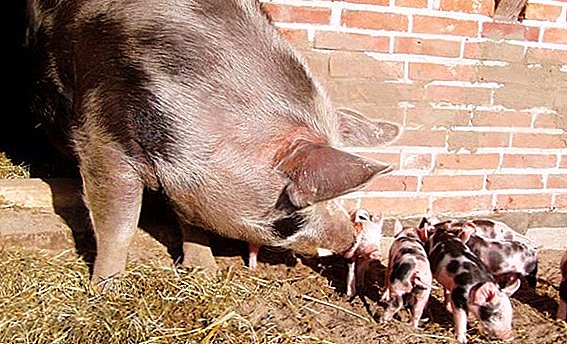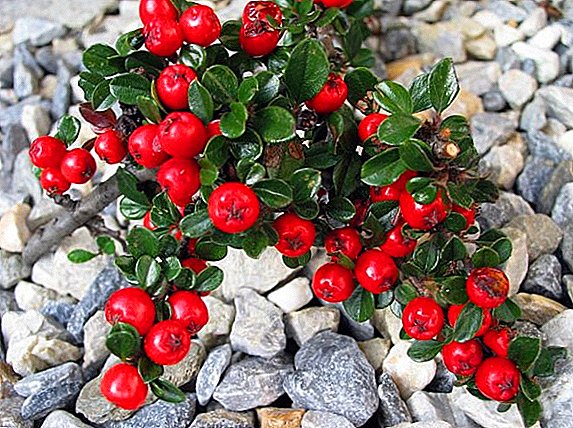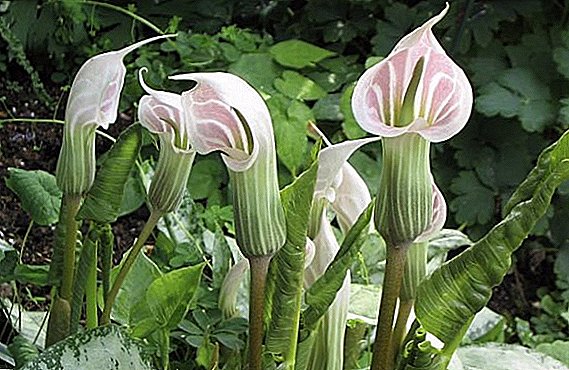 Potted flowers need fertilizing no less than garden crops, only the specific fertilizers are needed for them. However, contrary to popular belief, it is far from always that the necessary compositions have to run to the store, because a lot of useful ingredients are right under our hands, only this is not always known. Let's find out what can be used to fertilize indoor plants without unnecessary material waste?
Potted flowers need fertilizing no less than garden crops, only the specific fertilizers are needed for them. However, contrary to popular belief, it is far from always that the necessary compositions have to run to the store, because a lot of useful ingredients are right under our hands, only this is not always known. Let's find out what can be used to fertilize indoor plants without unnecessary material waste?
When to fertilize indoor flowers
So that the flowers grown on the windowsill are always healthy and quickly growing, you should not forget about the rules of dressing. First of all, fertilizer should be chosen based on the time of year, because in different season the plants need different nutritional compositions.  Most often, the process of their introduction begins in April and continues until the middle of autumn, and in winter they are minimized, and the process of reducing the amount should be carried out gradually.
Most often, the process of their introduction begins in April and continues until the middle of autumn, and in winter they are minimized, and the process of reducing the amount should be carried out gradually.
There are several signs of the need for nutrient formulations:
- the stems of the plant with leaves located on them are very thin;
- long bloom is missing;
- the flowers are in the same place for a long time, or their growth suddenly stopped;
- indoor flower began to drop leaves or it looks painful.
Important! Any nutrient formulations should get to the plant only in a hydrated form, which eliminates the possibility of root burns and the death of the green pet.
Flowering and deciduous species need different nutritional compositions, so they will have to prepare different mixtures for them. In fact, it is not as difficult as it may seem at first glance, besides at home you will surely find all the necessary components. 
How to cook and use dressing
Before you start using the following recipes, remember that excess nutrients can have the same negative effect as their deficiencies.
Therefore, be sure to ensure that your plant really needs feeding, and only then look for the right components to create it.
Learn more about making organic dressings from the following products: eggshell, banana skins, onion peel, nettle, ash, yeast, potassium permanganate.
Of sugar
Virtually any indoor flower responds well to the introduction of glucose, which is used in sufficiently large quantities to form molecules and ensures normal development of the plant.
It is very simple to use sugar fertilizer: you simply scatter the grains of sand over the soil surface and pour it on it, or, once in 30 days, pour the flowers with sweet syrup prepared from one teaspoon of sugar and 1 l of defused water. Ficuses and cacti will be especially grateful for such a fertilizer.
Watch a video on whether sugar is a good plant food.
Of ash
Many flower growers have probably heard more than once from gardeners about the use of ash, which often fertilizes the beds with it. When growing indoor plants can replace this product cigarette ashwhich will not only give the flower strength to grow, but also protect it from many diseases.
As in the first case, the process of feeding is not very complex: once a few weeks just pour ash into the pot and with water it will penetrate the earth.
If possible, you can apply the standard ash of wood, the infusion of which is created as follows: two tablespoons of the substance are diluted in 1 liter of warm water and left to stand for 1-2 days. It is possible to apply ready infusion twice a month, just adding plants under a rhizome.
Did you know? The ash contains many important and useful components (for example, potassium, phosphorus, calcium, iron, magnesium, zinc and sulfur), but the chlorine harmful to the flowers is completely absent, which makes it a good fertilizer for many crops.
Watch a video on how to feed plants with wood ash
Banana waste
Much is known about the benefits of a banana for the human body, but few flower growers know about its beneficial effects on indoor flowers.
Both the fruit and its skin contain a large amount of vitamins and macronutrients, among which phosphorus, magnesium and potassium are especially useful for green pets.
As an organic fertilizer, straw, bone meal, fish meal, whey, and potato peels are also used.Houseplants always respond positively to such feeding, which can be done in several ways.
Option 1. Banana peel pour 250 ml of water and leave to brew until a foam is formed. The finished product is applied twice a month, replacing the standard watering.
Option 2. Banana waste is dried and crumbled with a coffee grinder, and the resulting flour is simply mixed with the soil during the transplantation of flowers or immediately after it. In the latter case, you can simply scatter the powder on the surface of the substrate.
How to fertilize plants with a banana peel: video
Citrus peel
Fertilizers made from the skin of citrus fruits (orange, lemon or mandarin) are ideal for controlling summer pests and feeding the flowers in winter.
You may be interested to learn about growing at home the orange tree, lemon, mandarin.
For the preparation of a therapeutic composition, the zest along with the skin of a pomegranate is infused for 2-3 days in a dark room, after which the liquid is used for irrigation (when preparing top dressing, about 200-300 g of peel should be per liter of water).
True, there are some other recipes for creating a useful mixture for indoor flowers using lemon peel, and some of them are best made seasonally.
So, in winter, for feeding plants such a recipe is ideal: Fresh lemon zest must be crushed in a coffee grinder, and then poured into a jar (1 liter) by three-quarters and fill the remaining space with warm water.  The mixture is infused for 24 hours, then filtered and further mixed with pure water in a ratio of 1: 3.
The mixture is infused for 24 hours, then filtered and further mixed with pure water in a ratio of 1: 3.
In the spring and summer, the dried peel collected over the winter and placed in a jar (1 liter) and boiling water is added to it, filling 80% of the volume of the container.
As soon as the broth is completely cooled, it must be diluted with water in a ratio of 1: 5 and used for root fertilization of plants, just watering the soil.
Important! Citrus fertilizers must be applied in compliance with the regime: in the autumn-winter period - no more than once every 30 days, and in spring and summer - no more than twice in the same period of time.

From yeast
Fertilize room flowers using yeast recommended three times a year: with the arrival of spring (when moving to another place of growth or just for good growth), in summer (in order to improve the quality of flowering) and in autumn.
To get the most positive result, yeast can be supplemented with potassium and calciumhidden in the same ash.
A one-percent yeast extract will look like this: 10 g of live yeast must be poured with a liter of water and completely dissolved, so that you can water the plants once a year (preferably in spring).
For the role of an alternative option, a solution consisting of 200 g of yeast and 1 one liter of water, which is further diluted with 10 liters of water after the infusion, is well suited for top dressing.
Watch a video on how to prepare a yeast feed
Professional growers believe that top dressing with 1% yeast extract can completely replace the seasonal use of complex nutritional mixtures for home plants.
Onion Husk
Onions are probably in the kitchen of any housewife, so it’s impossible to ignore the following recipe. To create a good fertilizer, it is enough to soak the husk in water for 2-3 days and apply the prepared mixture for watering.
Chlorophytum, aloe, geranium, laurel, kalanchoe, chrysanthemum, cacti, pelargonium, sanseverra are well suited as a houseplant.
It will be especially appropriate in winter, since it gives the plant the greatest amount of useful substances, while at the same time allowing it to avoid overfeeding.
Watch a video on how to cook onion peel decoction for feeding
From potassium permanganate
Potassium permanganate is not only a storehouse of potassium important to plants, but also an excellent insecticide, promotes good color decontamination.
The use of potassium permanganate in the cultivation of plants is not surprising to anyone, but to prepare fertilizer based on this substance, it is worth adhering to specific recipes.
For example, in a liter of water, you can dilute several large crystals, seeking to obtain a slightly pink liquid, and subsequently add to it grown plants. It is very important not to overdo it with the substance, otherwise there is a high probability of burn of the rhizome. 
From garlic
Garlic is a good preventive remedy for green pet fungus. It is enough to grind only 150-200 g of its slices and pour 1 l of water, so that after five days of infusion, strain and apply for dressings.
True, a highly concentrated agent should also be diluted with water, in the calculation: 1 spoon of infusion per 2 liters of pure liquid.
Important! Garlic dressing can be used not only for watering, but also for spraying flowers, which is performed once every two weeks.

Aspirin
Sometimes medications from a home first-aid kit help to cope well with plant ailments. So, in addition to potassium permanganate, aspirin dissolved in water may be used to increase the immunity of your green pets: 1 tablet per liter.
The finished composition is sprayed on top of the plant with a spray gun, performing the procedure once every 2-3 months.
How to feed indoor flowers with aspirin: video
From aquarium water
The water from the aquarium has a whole range of useful components, which, as it turned out, can accelerate the growth and development of colors. Least, this liquid has a neutral pH, and as we know, increased acidity harms almost all plants.
Aquarium water is used for irrigation, starting in spring and mid-summer, since it was at this time that there was an active growth and development of a flower with the laying of new leaf plates and the formation of buds.
During the procedure, the main thing is to know the measure, because watering with separated water from the aquarium should be combined with the usual one, that is, with the use of a simple clean liquid.
Is aquarium water useful for indoor plants: video
Nettle
Like the fern, nettle is successfully applied not only to fertilize houseplants, but also when they are transplanted, helping to improve the composition of the soil mixture and give it greater porosity and airiness.
Fluffy soil is more suitable for the proper development of the root system of flower crops, so you should appreciate nettle already for this opportunity.
As for feeding, for the preparation of liquid fertilizer on its basis it is necessary to take 200-300 g of dry raw material, fill it with warm water and leave to infuse for 4-5 days.
The finished leaven is diluted with water at a ratio of 1: 5 and used twice a month for the entire summer period. 
Did you know? In ancient times, nettle cloth was the ideal material for creating strong sails. In Japan, a harness from a plant, combined with silk, was considered the main raw material for making expensive samurai armor, and stiff stalks served as material for making shields.
Exaggerated benefits and myths about dressings
If you were already interested in the possibility of home feeding of indoor plants, then, in addition to the described ingredients, you also met others who are also recommended to use for the purpose of fertilizer.
However, not all of them are able to benefit, and in some cases, the wrong choice can cause the death of green pets. Let's consider the most common myths about the possible use for feeding of certain substances.
Tea Leftovers
Used tea bags or tea leaves can not provide the soil with nutrients, because during the heat treatment process most of them go to the water, and this is only under the condition of high quality raw materials.  A maximum of what can be expected from welding is a slight loosening of the soil, which favorably affects the supply of air and moisture to the roots. True, the remnants of tea can also be a good mulch.
A maximum of what can be expected from welding is a slight loosening of the soil, which favorably affects the supply of air and moisture to the roots. True, the remnants of tea can also be a good mulch.
Coffee grounds
The use of coffee grounds as a fertilizer is fraught with an increase in soil acidity, which most houseplants do not like very much.
Learn about the importance of soil acidity, how to determine acidity, how and how to deoxidize the soil.Moreover, if it is simply unpleasant for a non-blooming green pet, flowering species may die, so it’s best not to experiment.
How to feed indoor plants with coffee grounds: video
Eggshell
When using shredded egg shells, many flower growers hope for the calcium contained in it, which should help the plants to grow stronger and grow well.
However, the truth is that most of the indoor colors are practically not needed, which means that this product can only be used as a drainage or for loosening the substrate.
How to make a solution from eggshell: video
Meat water
Given that there is a large amount of protein in meat, it can be assumed that even a small part of it will remain in the water from under it. It’s hard to say if this is true, but what you’ll definitely have to face is unpleasant smell, attracting flies to your plants.
Water is quickly absorbed by the roots of the flower, but the remaining fragrance will not disappear anywhere, so it is hardly worth experimenting.
In a word, there are a lot of options for creating home feeding, but before you decide to prepare a specific composition, try to learn more about a specific type of plants, assess the condition of your green pets and determine if they need fertilizer.
Feedback from network users




